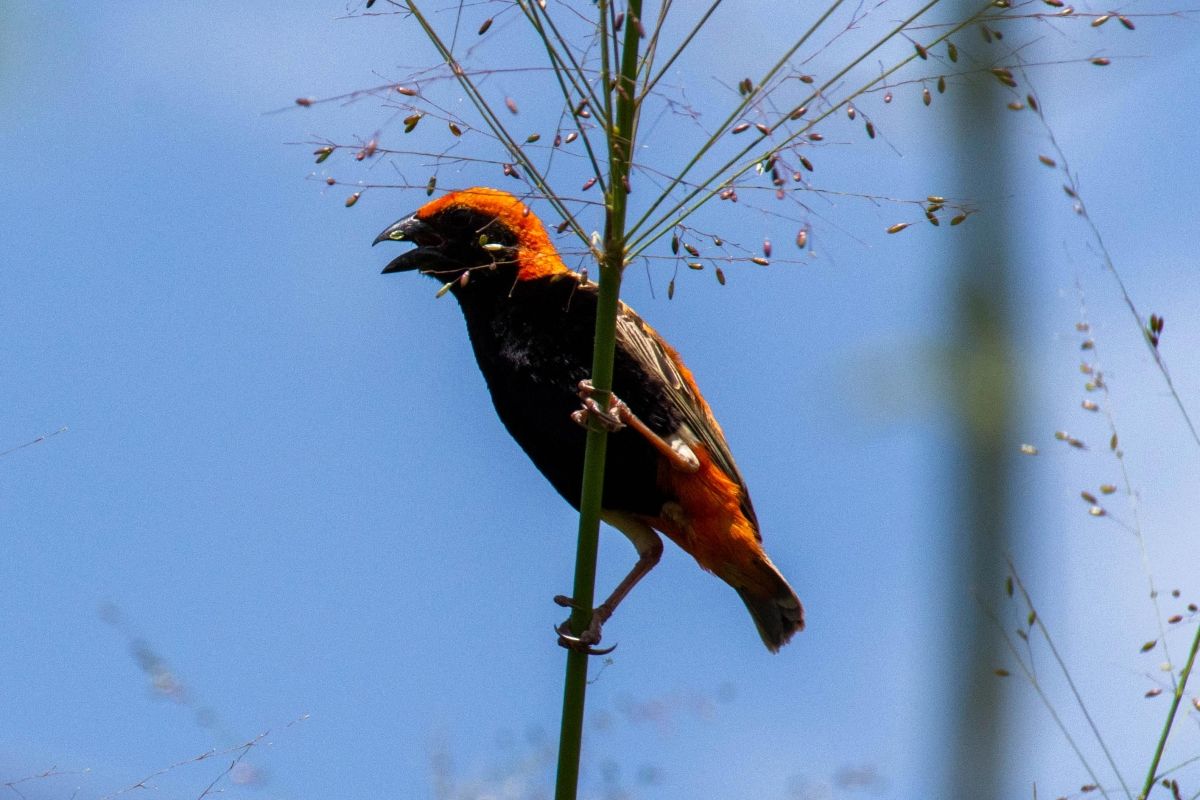A scientific study published in October 2020 in the Nature journal revealed that restoration of areas damaged by industrial or agricultural exploitation could be far more effective than expected in combating global warming and biodiversity loss. However, ecosystem restoration currently receives only 1% of the funding dedicated to the global climate challenge. This key study was launched in anticipation of 2021, the first year of the UN Decade on Ecosystem Restoration.

Ecosystem restoration is essential
From among the ecosystems that have been converted to agricultural land or affected by industrial exploitation, an international team of scientists has been working to identify priority areas for restoration, without having a negative impact on food production. According to the study, these areas are mainly located in the tropics (the Amazon rainforest, Central America, West Africa, South-East Asia) and consist of grasslands, savannahs, wetlands and, of course, forests.
The results of this study are unambiguous: in addition to the crucial conservation of natural ecosystems that remain unscathed, restoring 30% of these priority areas would prevent more than 70% of species extinctions and absorb nearly 50% of the CO2 emissions that have accumulated in the atmosphere since the beginning of the 18th century’s industrial revolution.
In other words, the question is not whether to protect 'or' restore natural ecosystems – we must take action to both protect 'and' restore them. Thus, with regard to forest ecosystems in particular, the conservation of existing woodlands, the restoration of degraded forests and the propagation of forested areas have become essential solutions in moving toward protecting the climate-biodiversity bonds.

How can ecosystems be restored?
Restoring a destroyed ecosystem means working to re-establish the original ecosystem that existed before it was harmed by human activities or natural hazards. For example, in the case of a forest damaged by deforestation, restoration can be active (planting trees that have disappeared from the area) or semi-active (assisted natural regeneration by which restoration of forested areas is facilitated without going through planting). In the state of Rondônia, in the Brazilian Amazon, the reforestation project funded by Reforest’Action aims to restore plots of land that were converted into pastures or agricultural crops and then abandoned once the soil became degraded. The goal is to ultimately restore them to the woodland state that characterised these areas before human intrusion.
As the underdog of climate policies, restoration of natural ecosystems has so far received only 1% of the funding earmarked for combating global warming. The UN Decade on Ecosystem Restoration, which will begin in 2021, should help to direct more funds towards restoration, making it possible to act more quickly and effectively in support of the climate and biodiversity for the benefit of all living things.

A complementary solution to reducing our environmental footprint
Though this study is certainly important, it does not exempt us from changing our lifestyles to proactively reduce both our impact on forests and our CO2 emissions to help limit global deforestation and global warming. For more information, download our free advocacy guide to better understand, raise awareness about and take action in support of forests.
